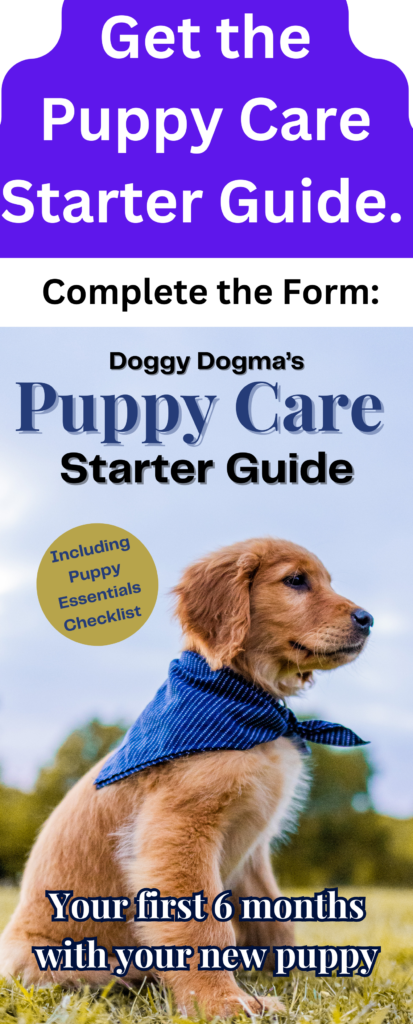There are 2 statements that I hear from dog owners all the time that I am going to address in my next couple of posts – firstly the statement “he knows what “no” means”, and in my next blog post we will address “she knows it is wrong”. I must admit as a dog trainer these 2 statements make me do this (on the inside of course):

What the? What did you just say? So why do these statements cause me such confusion, when it is pretty straight forward isn’t it? Well I would love it if it where that straight forward – but what it signifies to me when and owner says that their dog knows what no means – is there is a gap in owners knowledge about their dogs. how dogs think and their dog handling and most likely training.
When I look up the definition of “No”it has a lot of meanings, including “not at all” – but none of them mean the one thing that dog owners are trying to convey to their dog when they use it. When dog owners say “No”what they generally mean is “Stop!” or “Don’t do that!” – we use it in many different scenarios and expect the dog to automatically understand can comply with our request.
Here is the rub – dogs don’t generalise, which means each thing that they learn in constructed and understood around the particular parameters of their environment. They might stop chewing on your shoe when you shout “No” in their direction, but they haven’t learnt that “No” means stop what you are doing. This is why when you leave the room the dog will be back on the shoe, chewing merrily away when you aren’t looking.
The dog has not learnt that the shoe is out of bounds, to a dog is a possession is not in your personal space, then it is well with in the doggy code to claim the shoe and do with it what they will.
So the next day when the dog is jumping up on Grandma, and you once again shout “No” (perhaps you clap your hands for added effect), the dog may stop jumping. Yet it hasn’t learnt not to jump up, and it has not learnt the “No” means stop jumping up – but as an owner you have interrupt the behaviour so you tick the box that says , “my dog knows what “No” means”.
Now here is the rub, as the word “No” begins to be used in various situations, in an inconsistent fashion, for everything from licking their feet, growling over a prized possession to attempted to run out the front door there is also a lack any real consequence, and your dog begins to ignore you. That’s right, that quick fix “No” beings to become less and less effective overtime and dog owners begin to question their dogs loyalty (or even resorting to terms such as dominance)- after all the dog knows what no means, right?
There is a radical theory among clicker trainers – if a dog doesn’t respond to a cue, then there is a lack of training to that cue in that particular environment. That is right, you read correctly – if the dog fails to respond the burden of the error falls on the trainer firstly and the dog secondly.
Everyone of my clients and students learns that dogs training is as a result of consequences – and as the dogs handler it is the application of reinforcement that helps a dog learn what they want them to do – and that is what we need to keep in mind when we are living with our dogs.
Do I expect dog owners never to utter the word No to their dog? No, I don’t – as a matter of fact I can’t expect you to change your natural urge to do so – but I want you to realise what you are actually doing, and why it will over time become less effective.
What is a better and easier option however is condition a noise or a sound that says to your dog – stop what you are doing and come here – but does so with enthusiasm not out of avoidance. A simple kissy noise or whistle paired with food – conditions your dog to think that there is a better option than what they are up to right now. The hardest part will be changing your habits not your dogs.
As one puppy client commented to me this week – that kissy noise thing is the best – he comes back to me every time. On a relationship level it make more sense for your dog to want to come towards you and stop what it is doing, than stop what it is doing and waits for you to leave so that they can get back to it.

